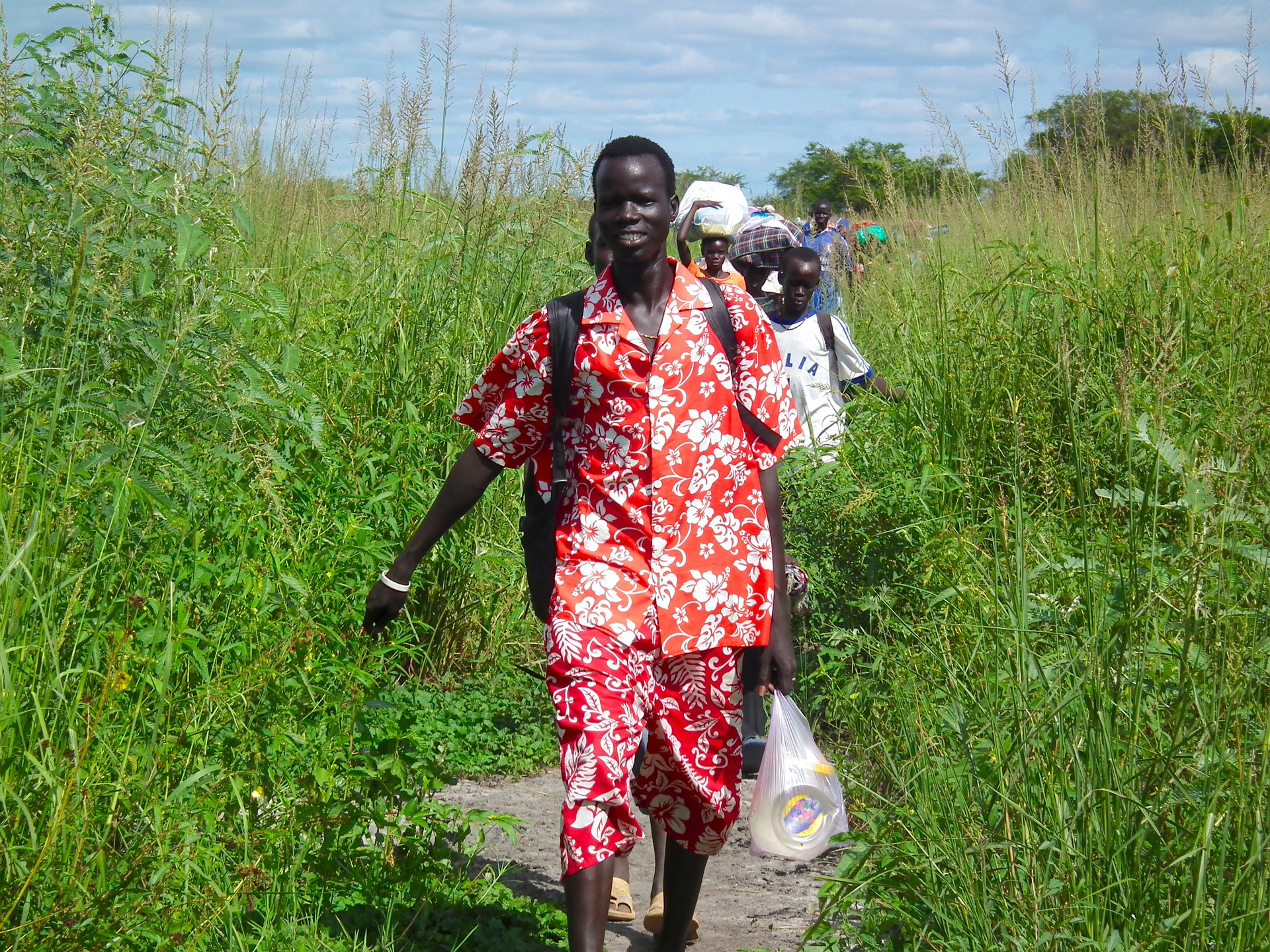
Sudanese Migrants
Nairobi/Rome: Nearly 9 million Internally Displaced Persons (IDPs), 4.7 million refugees and asylum-seekers, and hundreds of thousands of migrants in East and Horn of Africa are suffering some of the worst impacts of the COVID-19 pandemic, according to a new report from IOM, the International Organization for Migration, and the United Nations World Food Programme (WFP).
“Life amidst a pandemic: Hunger, migration and displacement in the East and Horn of Africa,” focuses on the pandemic’s impacts on mobility, livelihoods and food security in regional migration and hunger hotspots.
“Migrants, refugees and other forcibly displaced persons are among the most disadvantaged and disenfranchised groups globally and understanding their needs, and our progress towards meeting them, is essential to understanding where we stand on the SDG (Sustainable Development Goal) commitments,” Mohammed Abdiker, IOM Regional Director, East and Horn of Africa, said today in Nairobi.
The study also found that 54 million people were acutely food insecure in the East and Horn of Africa in 2020, including households in rural food insecure areas, as well as food insecure urban poor populations hit particularly hard by the pandemic.
Sudan, Ethiopia and South Sudan were among the 10 countries with the worst food crises globally in 2020 – with 9.6 million, 8.6 million and 6.5 million people respectively acutely food insecure – while Burundi has one of the highest levels of chronic malnutrition or stunting of children globally. According to the study, the Tigray region in Ethiopia has become a new hunger hotspot since late 2020 with more than 4 million people facing severe food insecurity due to conflict.
As the impact of COVID-19 lingers on the economy and livelihoods, the number of food insecure people is projected to remain high throughout 2021.
“COVID-19 has only added to the challenges faced by these already vulnerable populations. We must come together so those in need are not forgotten and receive lifesaving humanitarian assistance to meet their food, nutrition and other vital needs,” said Michael Dunford, WFP Regional Director for Eastern Africa.
In the meantime, the WFP stated in Rome that 41 million people in in 43 countries, were now at imminent risk of famine without urgent funding and immediate humanitarian access, and the slightest shock will push them over the precipice. This number has risen from 27 million in 2019. Recent assessments show that 584,000 are already experiencing famine-like conditions in Ethiopia, Madagascar, South Sudan and Yemen. Nigeria and Burkina Faso are also of particular concern, the FAO stated.
Conflict, climate change and economic shocks have been driving the rises in hunger, but pressures on food security are being compounded by soaring prices for basic foods this year. Global maize prices have soared almost 90% year-on-year, while wheat prices are up almost 30% over the same period.
In many countries, currency depreciation is adding to these pressures and driving prices even higher. This in turn is stoking food insecurity in countries such as Lebanon, Nigeria, Sudan, Venezuela and Zimbabwe.
This year, WFP is undertaking the biggest operation in its history – targeting 139 million people this year. With sufficient funding and access, WFP has the expertise to provide all those who risk famine in 2021 with life-saving food and nutritional assistance.
“I want to emphasize just how bad it is out there. Today, 41 million people are literally knocking on famine’s door. The price tag to reach them is about US$6 billion. We need funding and we need it now,” WFP’s Executive Director David Beasley warned at WFP’s Executive Board in Rome on June 21, 2021.
– global bihari bureau





